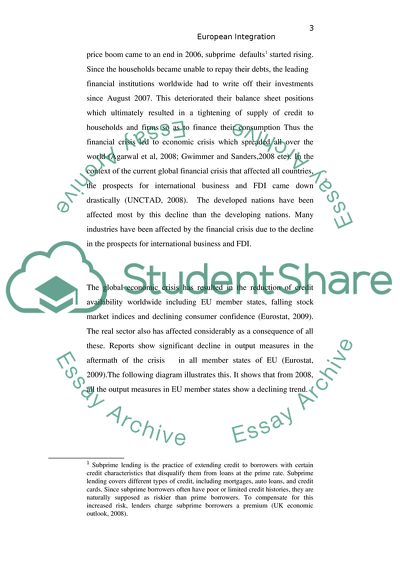Cite this document
(Current Recession and European Integration Essay, n.d.)
Current Recession and European Integration Essay. Retrieved from https://studentshare.org/macro-microeconomics/1736053-european-integration
Current Recession and European Integration Essay. Retrieved from https://studentshare.org/macro-microeconomics/1736053-european-integration
(Current Recession and European Integration Essay)
Current Recession and European Integration Essay. https://studentshare.org/macro-microeconomics/1736053-european-integration.
Current Recession and European Integration Essay. https://studentshare.org/macro-microeconomics/1736053-european-integration.
“Current Recession and European Integration Essay”, n.d. https://studentshare.org/macro-microeconomics/1736053-european-integration.


